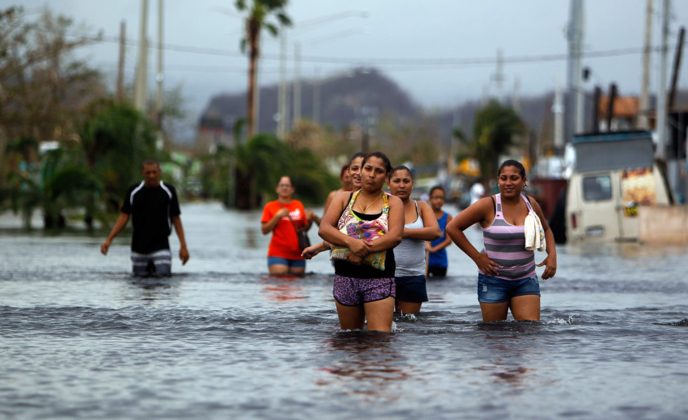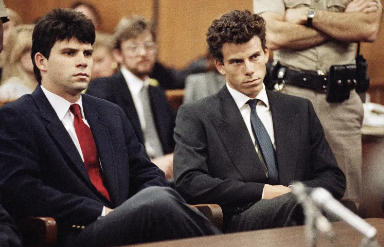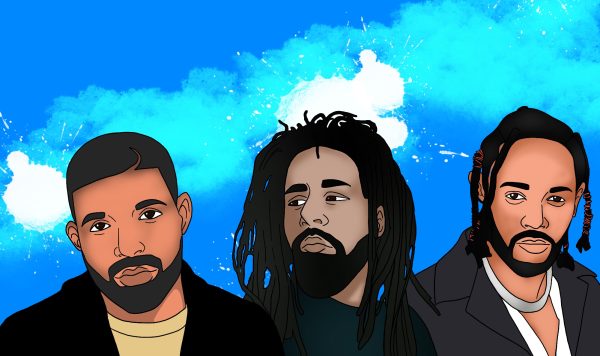Puerto Rico struggles in the wake of Hurricane Maria
Puerto Ricans attempt to rebuild in Maria’s aftermath.
Though it has been weeks since Hurricane Maria slammed into Puerto Rico, the United States territory and its people continue to suffer from Maria’s impact. The Category 4 hurricane was the worst to hit the area since 1928, and one current Cincinnatian shares the story of her family’s struggle during the recovery process.
Born and raised in Puerto Rico, Julia Gardner moved to Cincinnati, Ohio in 1977. She has continued to make trips back to the island, however, in order to visit her family in the towns of Gurabo and Caguas. Today, that family is attempting to rebuild following their experience with Maria’s wrath.
“I have the opportunity to hear it firsthand from my brother and my sister and my mom, and… the destruction is devastating,” Gardner said. “A lot of the houses were not built to withstand such a force. There are people who only have a kitchen because the hurricane took everything else. Cars are gone, there are streets with water three or four feet high, there’s no gas, and one hundred percent of the island is without electricity. It’s just a paralyzing tragedy.”
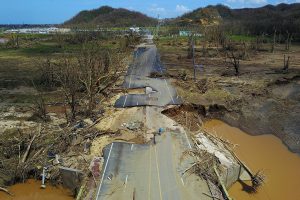
The hurricane has left many roads impassable.
The hurricane, which produced nearly 125 mph winds, is currently known to have claimed the lives of 16 victims, though that number is expected to rise: the poor conditions in which the survivors find themselves will likely result in the loss of even more life.
“There are people dying because of the flood, but there are also people dying because there’s no electricity to run medical equipment if they need it, there’s no oxygen that can be delivered [to the elderly] if they need it, there are mothers waiting with newborns in their arms to get to the store so they can get formula, and there are people who cannot get their medication because the mailman can’t find a clear path to deliver it.” To make matters worse, over half the population is without access to clean drinking water.
Poor conditions are not the only concern for the survivors, however. Many have not been able to contact their families due to limited access to internet and cell towers. “For about six days, they could not find my nephew or his wife,” shared Gardner.
Most cell towers were severely damaged or destroyed by the storm. Survivors have begun flocking to the few towers that remain in order to connect with others.
Fortunately, Gardner’s niece was one of many who managed to travel to one of the remaining cell towers; she reported that all of her family members are currently safe.
“They were hit pretty badly, but luckily my sister’s and my brother’s houses are newer, so they were able to withstand the whole [storm]. My mother’s house was not, and about a third of her roof is gone, so she cannot stay there.”
Her brother, Francisco Figueroa, works for the only electric company in Puerto Rico and is considered essential personnel. Thus, he must remain in the area while working to bring electricity back to the island. According to Figueroa, the electric company had just closed a plant due to poor conditions, so it will be at least a couple of months until electricity is back up.
Gardner says it is this frightening projection that has prompted her family to send her mother to Cincinnati in order to stay with Gardner. Her mother is one of many Puerto Ricans relocating to the United States since many parts of the island have become uninhabitable and will continue to be for a long time.
“I don’t know what they’re going to do to rebuild it. It’s going to take a lot of people, a lot of money, and a lot of time.” She goes on to express her frustration over the lack of attention being given to Puerto Rico as the debacle over who stands and who kneels for the national anthem seems to take precedence over the wellbeing of her home island.
As for the aid Puerto Rico has seen, everything appears to be stuck in the capital, San Juan, resulting in minimal aid being provided to Gardner’s family in Caguas and Gurabo. “The road is destroyed, so how are the trucks going to get there?”
She suggests the government find alternate means of providing help to the rest of the island, including airdropping supplies from helicopters. “I know that sounds archaic, but if that’s what you have to do, then that’s what you have to do.”
In response to President Trump’s comments made earlier this week about Puerto Rico waiting for the government to do the things that they can do themselves, Gardner had an impassioned message to share: “No that is not true. We cannot pick up a tree and move it out of the road. We cannot drain the streets that are flooded three feet. No, we cannot. We need your help, and we are not getting it.”
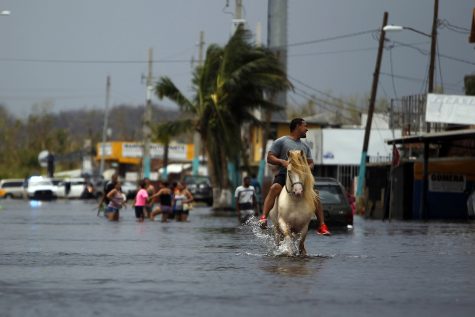
Unable to use an automobile, a man travels by horse in a flooded area.
For Gardner, the biggest challenge lies in her inability to help from mainland United States. “There’s nothing I can do. I can’t communicate with my brother. I can’t communicate with my sister. I’ve talked to my brother once since the hurricane hit, I’ve talked to my mom once… so when my mom gets put on a plane on Wednesday, I’m not going to know if she makes it or not. There’s no communication, there’s no way to figure out how we’re going to do this on Wednesday.”
Despite this crippling tragedy that has received limited news coverage and centralized aid, Gardner nonetheless holds out hope for her beloved nation. “As a Puerto Rican myself, I know how strong we are, I know how determined we are, and I know we’re going to bounce back. There’s no doubt in my mind. Whether we get help or not, it may take some time, but Puerto Rico is going to move on again and everybody is going to be proud of that.”

I'd rather be sleeping. "Like a man with a fork in a world of soup."- Noel Gallagher




